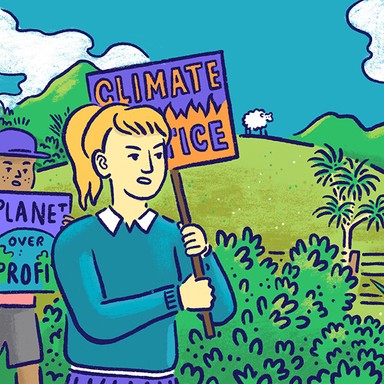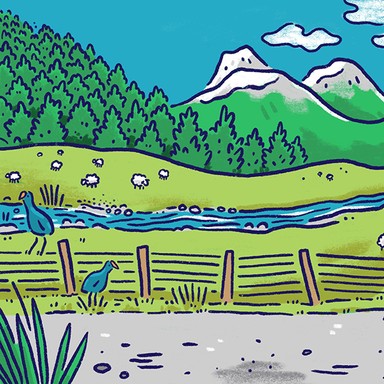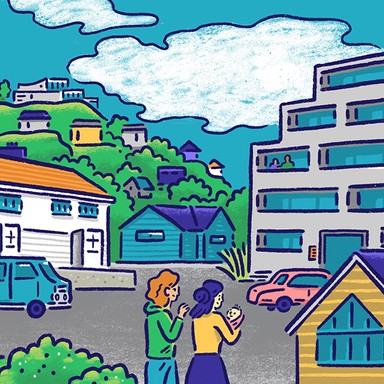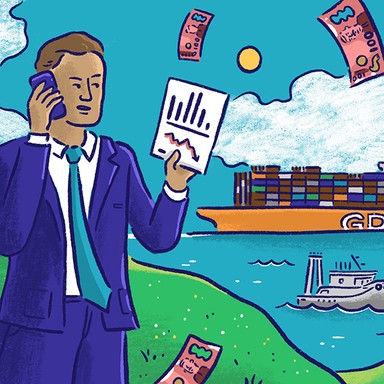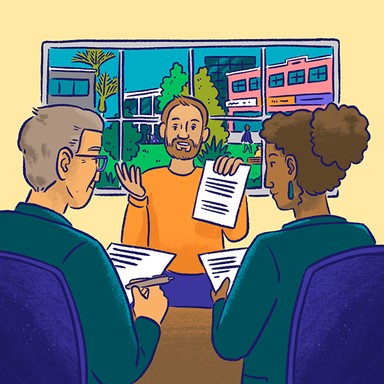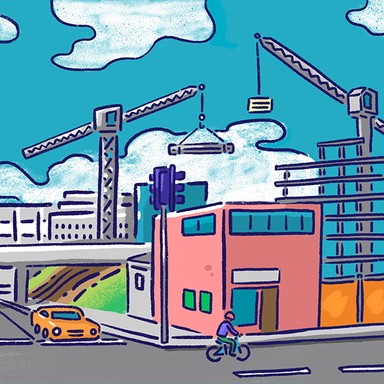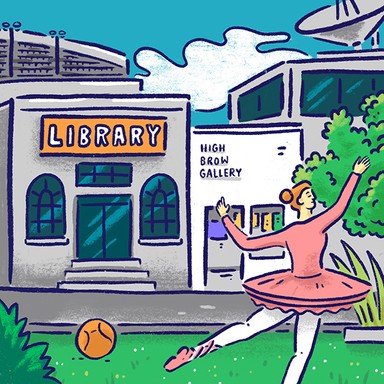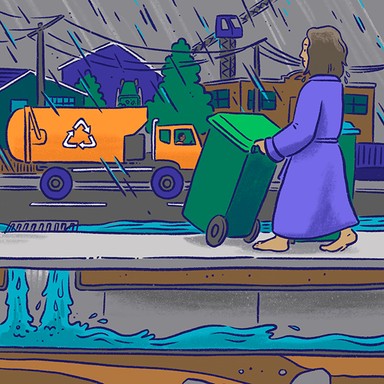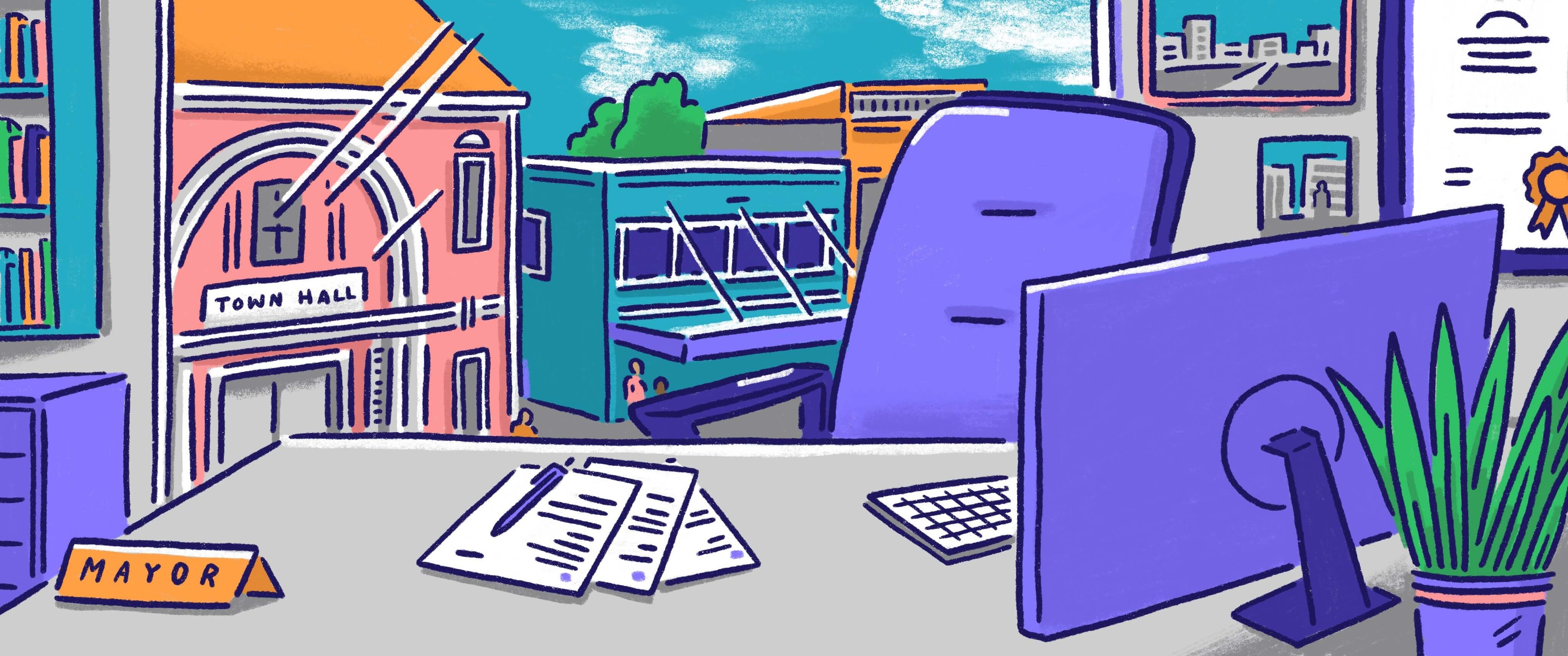
Mayor of Whangārei
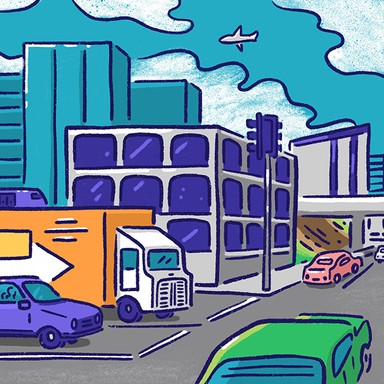
Transport
Helping communities get from A to B is a key responsibility of local government, from making sure the buses run on time to providing car parking and walking and cycling paths. Whether public transport is the responsibility of the regional or local council depends on where you are in the country. Local councils also own 87% of New Zealand’s roads.

Transport
Helping communities get from A to B is a key responsibility of local government, from making sure the buses run on time to providing car parking and walking and cycling paths. Whether public transport is the responsibility of the regional or local council depends on where you are in the country. Local councils also own 87% of New Zealand’s roads.
Provide vehicle parking to meet the needs of the growing district, balanced against the Long Term Plan.
Engage in developing a good traffic management plan that deals with growth and planning for the future.
Encourage wider footpaths so that more residents can use them and access the district.
Review the 30 year transport plan, work with New Zealand Transport Agency on a new road link between Maunu and Otaika to move traffic from SH1/SH12 Intersection.
Review the 30 year transport plan and work with New Zealand Transport Agency on a bypass of Onerahi for Whangārei Heads traffic.
Complete the pedestrian link from the CBD to the Town Basin as per the current long-term plan.
Free all-day parking for carpoolers that bring in three or more drivers that would otherwise drive their own cars. Costs council nothing.
Community-led public transport. Ten seater minivans driven by community. One van is nine less cars on the road. Costs users $20 per person per week.
Increase cycleways to outlying townships within 30km of CBD. Electric bikes make this distance commutable.
Work with government to locate the emergency helicopter service to an industrial site. Future proof the existing airport's potential move.
Invest in roading maintenance to deliver safety to users. Complete existing roading projects.
Work with government to review air, sea, road and rail connectivity projects to Whangārei. Link Bream Bay to Whangārei by sea.
Improving our district's infrastructure like the port, dry dock, and roading and rail links.
Create a parking strategy that brings free parking into town.
Investigating the possibility of passenger rail to and from Auckland.
Fixing roading connecting our rural communities to town.
Re-evaluating the pros and cons of e-scooters.
Provide vehicle parking to meet the needs of the growing district, balanced against the Long Term Plan.
Engage in developing a good traffic management plan that deals with growth and planning for the future.
Encourage wider footpaths so that more residents can use them and access the district.
Review the 30 year transport plan, work with New Zealand Transport Agency on a new road link between Maunu and Otaika to move traffic from SH1/SH12 Intersection.
Review the 30 year transport plan and work with New Zealand Transport Agency on a bypass of Onerahi for Whangārei Heads traffic.
Complete the pedestrian link from the CBD to the Town Basin as per the current long-term plan.
Free all-day parking for carpoolers that bring in three or more drivers that would otherwise drive their own cars. Costs council nothing.
Community-led public transport. Ten seater minivans driven by community. One van is nine less cars on the road. Costs users $20 per person per week.
Increase cycleways to outlying townships within 30km of CBD. Electric bikes make this distance commutable.
Work with government to locate the emergency helicopter service to an industrial site. Future proof the existing airport's potential move.
Invest in roading maintenance to deliver safety to users. Complete existing roading projects.
Work with government to review air, sea, road and rail connectivity projects to Whangārei. Link Bream Bay to Whangārei by sea.
Improving our district's infrastructure like the port, dry dock, and roading and rail links.
Create a parking strategy that brings free parking into town.
Investigating the possibility of passenger rail to and from Auckland.
Fixing roading connecting our rural communities to town.
Re-evaluating the pros and cons of e-scooters.
Mayor
Compare the mayoral candidates in your area
Local council
Compare the candidates for your city or district council
Regional council
Compare the candidates for your regional council
Local board
Compare the candidates for your local or community board
